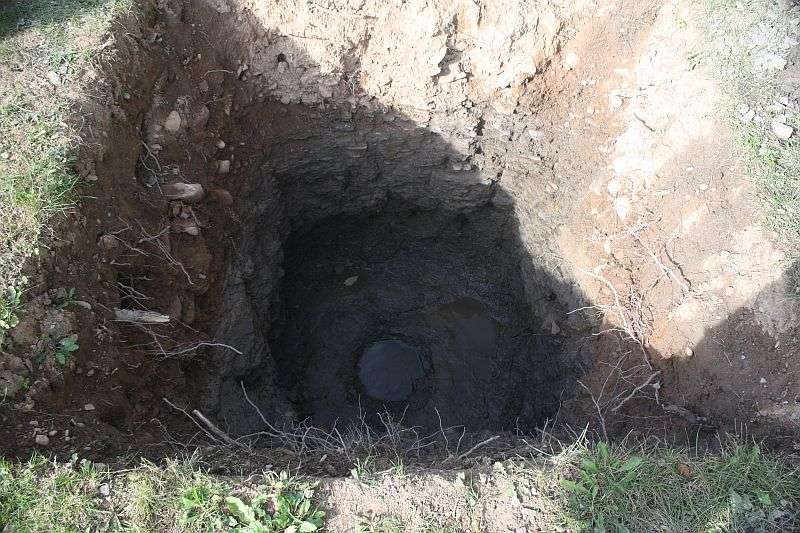I am getting ready to install a 50 foot aluminum telescoping tower with a tilt base... it will have a 7 element 10 - 15 - 20 meter beam, and maybe a 6 meter and 2 meter beams as well as my 8 foot 2m/440 co linear
I may also be setting it up as an 80m vertical, and maybe even a loaded 160 (with a 64 or so ground radials system)
So how much concrete do I need on the base of the tower? And how much concrete would I use on the guy points?
How deep down do I need to dig the hole, and for some reason I recall hearing about filling the bottom of the hole with gravel
I may also be setting it up as an 80m vertical, and maybe even a loaded 160 (with a 64 or so ground radials system)
So how much concrete do I need on the base of the tower? And how much concrete would I use on the guy points?
How deep down do I need to dig the hole, and for some reason I recall hearing about filling the bottom of the hole with gravel

